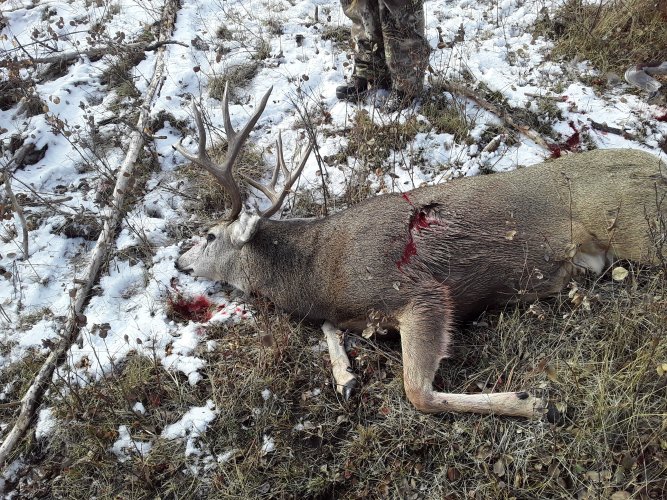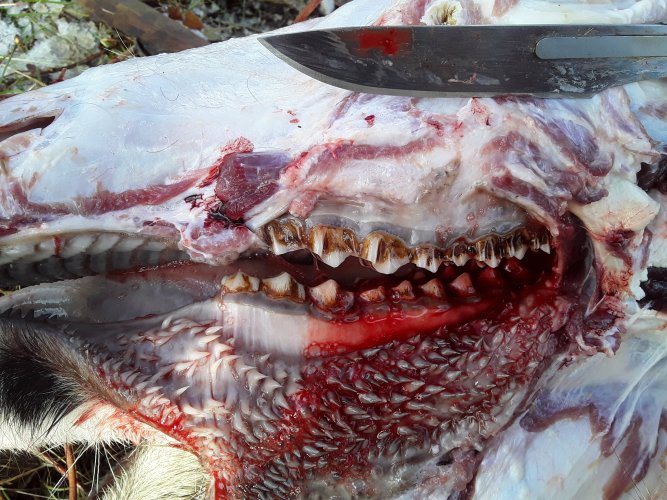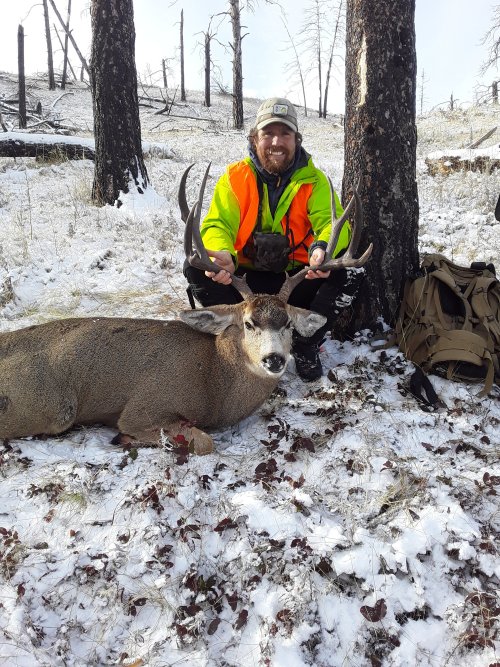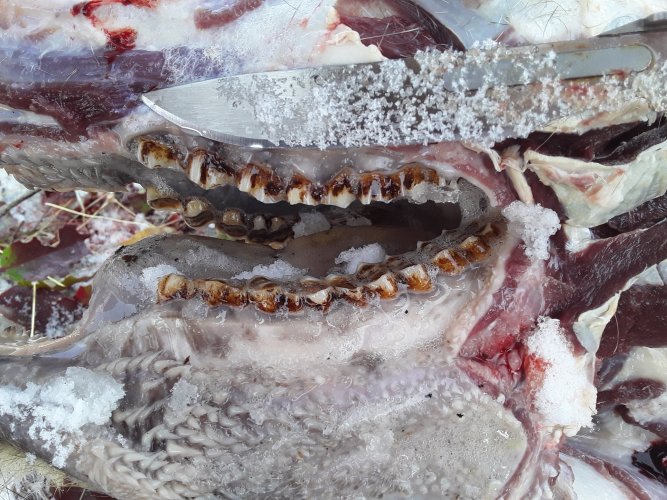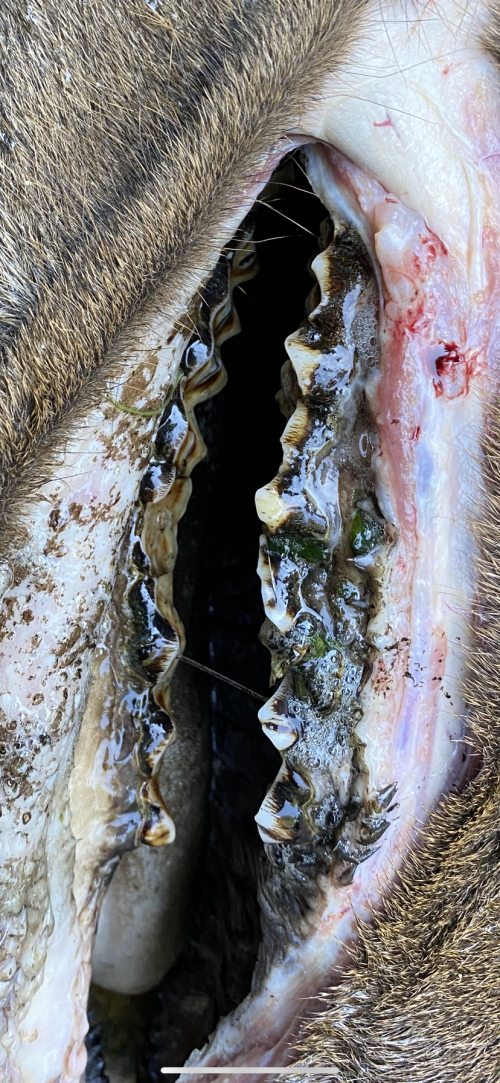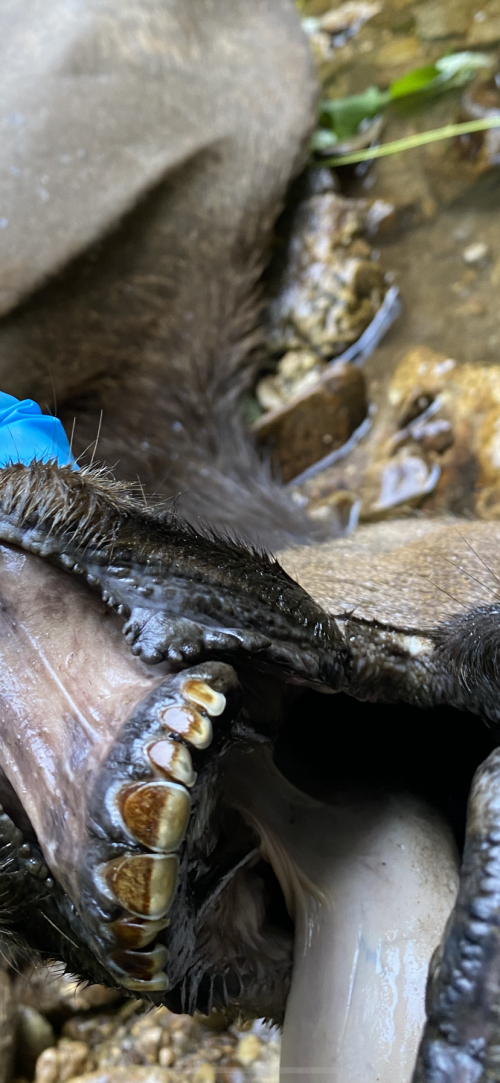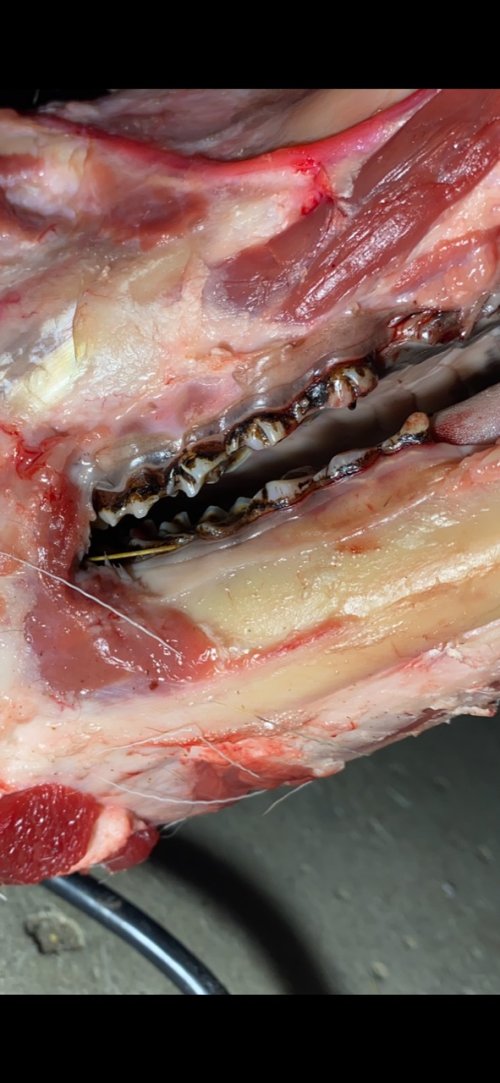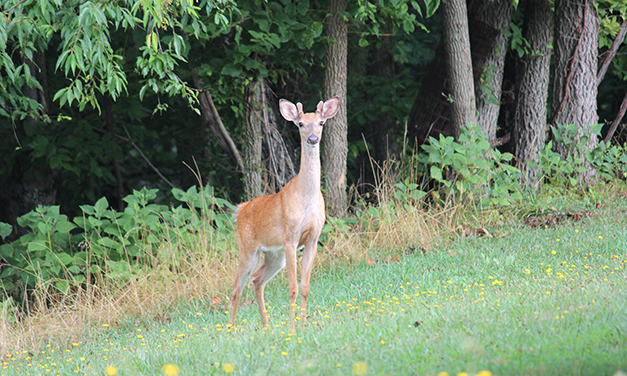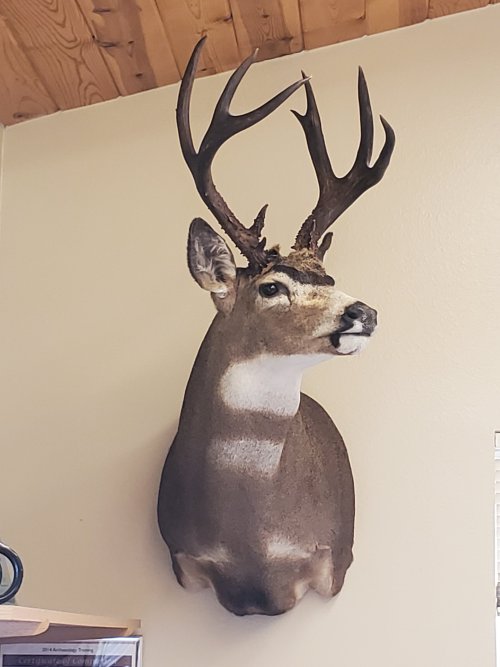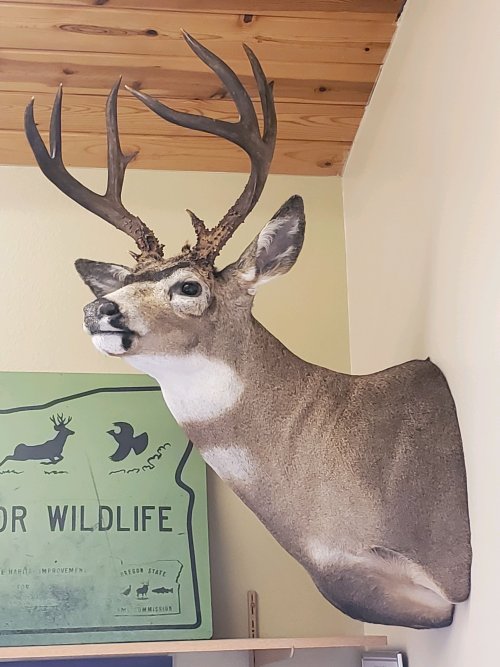Big Sky Guy
Well-known member
- Joined
- Dec 10, 2018
- Messages
- 814
Florida and especially Texas, as well as some of the other southern populations of game animals, typically have lower accuracy and precision. All populations (with a large enough sample size) will have deer in them that are difficult to age, but the Texas deer are generally the most difficult to age and have a much higher percentage of difficult to age deer in them than northern populations.I plan to send some teeth in to Matson Labs, but I came across a few articles that give me less confidence than I had before. It appears as though TPWD sent in a number of samples from known aged deer and Matson Labs did worse than tooth wear aging, and neither method was very accurate. I still plan to send some in because I’ve had a few bucks aged by tooth wear when pulling CWD samples and I don’t think the age estimates TPWD gave me could possibly be correct.
We've seen teeth under the scope that we would have guessed were from a "northern" state with crisp, clear, distinct annuli, likewise we've seen teeth under the scope from northern states that I would have guessed were from the south (although neither is the general trend we see).



